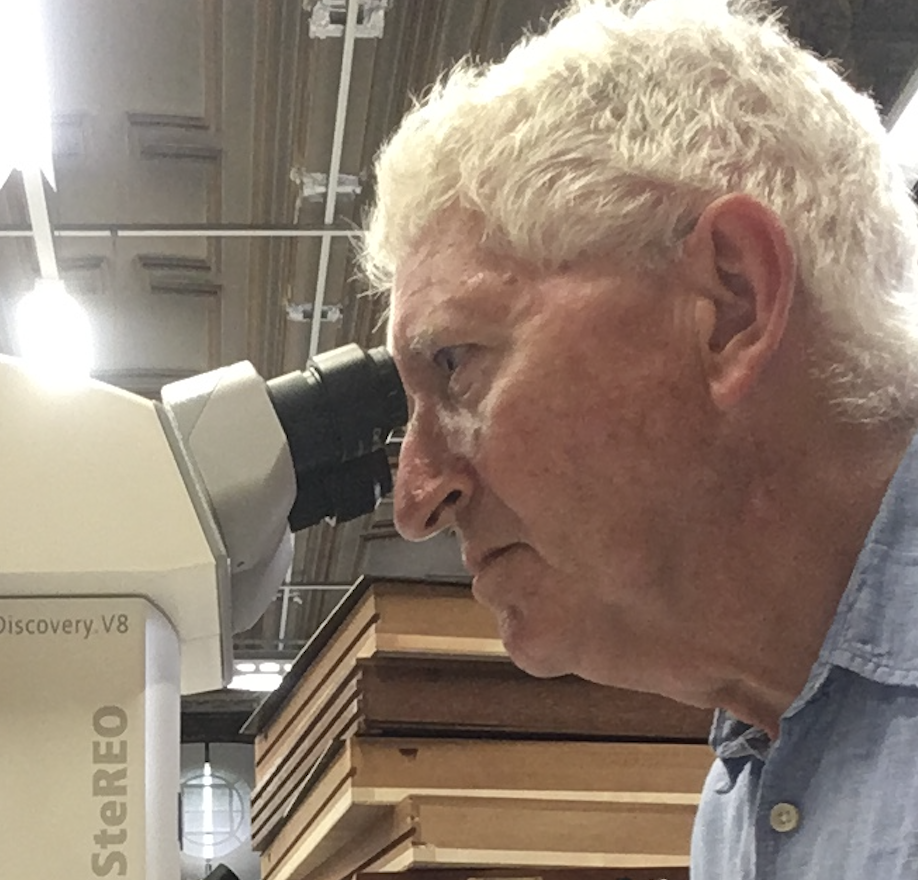Blood-sucking horseflies are renowned for their bright eyes, marked with contrasting coloured dots, bars or zig-zags.
Like most insect eyes, those of horseflies are packed with hundreds (or thousands) of individual light-sensitive columns known as ommatidia (only the near-circular lens facets on the outside are visible). These combine to create the broad ‘compound eye’ that covers most of the sides of the creature’s head.
Though some males have zones of enlarged facets along the top of the eyes, thought to help with hovering behaviour, the colour patterns are independent of these and occur in both sexes. These hues are created not by pigments but by the light-refracting qualities of neighbouring groups of facets, determined by the densities of the lens cuticles.
So, an individual may be able to detect more subtle contrasts in its field of vision by effectively giving different optical properties to different parts of its eye.
Do you have a wildlife question you’d like answered? Email your question to wildquestions@immediate.co.uk or post it to Q&A, BBC Wildlife Magazine, Immediate Media Company, Eagle House, Bristol BS1 4ST.

